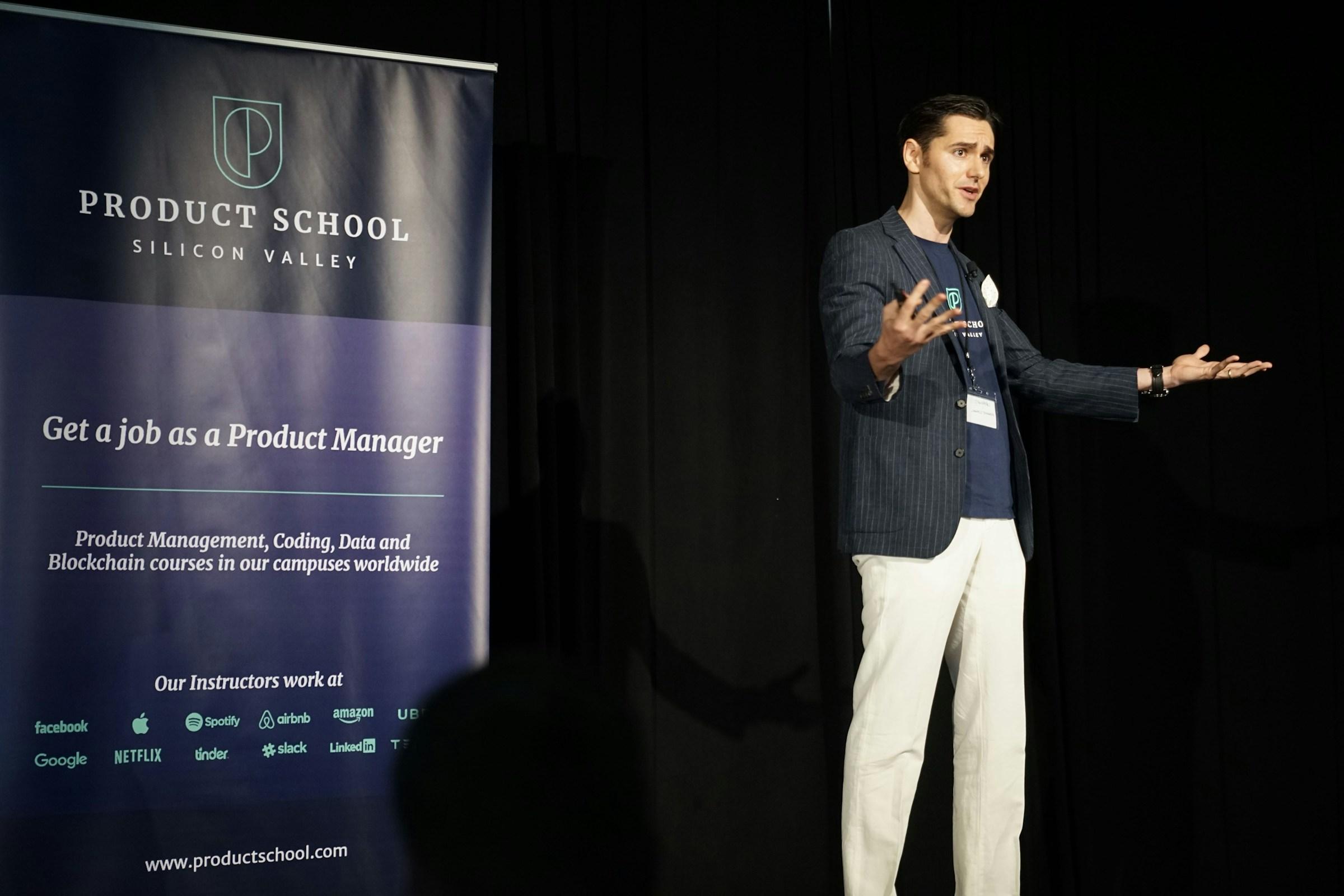The first time a founder Googles their own company and sees something ugly on the first page, the reaction is usually physical. The stomach tightens, the heart rate jumps, and there is a small, irrational urge to slam the laptop shut. Maybe it is a viral complaint thread that has picked up more attention than it deserves. Maybe it is a one star review that feels deeply unfair. Maybe it is a blog post written by someone who has never actually used the product. In that moment, most founders do the same thing. They tell themselves it is noise. They reassure themselves that real customers know better, that revenue is still coming in, that the team is busy and the roadmap is moving. They assume that with time, those results will get buried and forgotten.
The problem is that the internet has a far longer memory than people like to admit. While a founder is focused on building, shipping, and hiring, those negative search results quietly begin to shape how strangers experience the business before anyone on the team has a chance to speak. The true impact does not show up as a sudden public crisis. It arrives slowly, through patterns that are easy to blame on the economy, on seasonality, or on bad luck. A warm investor who seemed enthusiastic on the first call suddenly goes cold. A candidate who verbally accepted an offer disappears. A corporate partner who has been positive in every meeting delays signing the contract for the third time with vague explanations. When someone finally shares the real reason, it sounds almost trivial. Someone in their team “did a quick search” and had concerns.
This is where the narrative shifts. Negative search results stop being a bruise to the ego and start revealing themselves as a conversion problem. They become part of the sales funnel, the hiring pipeline, and the partnership process, even though they do not appear on any dashboard. The founder can insist that these snippets are taken out of context or that they do not reflect the real work happening inside the company, but for anyone discovering the brand for the first time, those snippets are the only context that exists.
The way this situation begins is rarely dramatic. It usually starts with something that feels small and manageable. A competitor publishes a comparison article that cleverly positions the company as unreliable or unstable without stating anything that is legally risky. A disgruntled former employee writes a long, emotional review on a job site, mixing valid criticism with personal resentment. An angry customer documents a bad experience on Reddit, step by step, adding screenshots and details that make the story compelling to read and easy to share in niche communities.
In the early stages of a company, a founder can convince themselves that such incidents do not matter. Early customers know the team personally. Investors can send a message or ask for a quick call. New hires often come through referrals and already trust the founder’s reputation. Trust is built through personal interactions, not through search results. The internet feels like a secondary channel, something that will become relevant “once we are bigger.”
At a certain point, that reality changes. As the company grows, it begins to sell into institutions, pitch in unfamiliar markets, and recruit people who have never heard of the brand. The business moves from relationship based trust to internet based trust. For this new audience, the first page of search is not background noise. It is the front door. Before they decide to reply to an email, accept a meeting, or continue a hiring process, they type the company name into a search bar and let the algorithm assemble a story.
The consequences of that story are often subtle. Negative search results do not usually destroy a business overnight. Instead, they erode its momentum. The sales pipeline may still look healthy on paper, but the close rate slowly declines. Warm introductions still lead to meetings, yet follow up becomes harder to secure. People arrive at the first conversation curious but cautious. They keep the founder at arm’s length, asking more probing questions, requesting extra documentation, or involving more stakeholders in the decision. Sometimes they simply vanish after reading something that felt alarming enough to make them walk away quietly.
Inside the company, the team can feel that something is off even if they cannot clearly trace it back to search results. Sales teams start blaming “longer cycles” or “tighter budgets.” HR attributes offer rejections to a competitive talent market. Marketing suggests spending more on paid campaigns to drown out the noise. Everyone works harder. The metrics are not disastrous, but there is an invisible friction. Negative search results function like a hidden trust tax. Every new person must overcome an extra layer of doubt before they can commit. Some are willing to do that work. Many decide it is easier to choose a safer option.
The cost of this dynamic shows up in more places than just revenue. It affects hiring quality, partnership leverage, pricing power, and even the founder’s energy. High calibre candidates still discover the company, but they enter the process with their guard up. They ask sharp questions about culture, stability, and ethics. Some quietly remove themselves from consideration after reading one bad review too many. The hiring funnel does not show these missing people. It simply reflects a smaller, more tolerant pool of applicants, and over time that can nudge the company toward hiring people who are less sensitive to red flags.
Partnership negotiations also shift. When the other side suspects that the company could be risky, they push for heavier contractual protections. They ask for longer payment terms, stricter liability clauses, and additional oversight. They may not explicitly say that their concerns are rooted in something they read online, but those concerns shape their posture. The company can still close deals, yet it often does so by giving up leverage, margin, or flexibility.
Pricing power weakens as well. Buyers who see the business as slightly risky look for compensation. They ask for discounts or extended trials. They hesitate to commit to longer contracts. They treat the brand as a cheaper alternative rather than a premium partner, because unresolved negativity in search results looks like unresolved risk. Even when the company wins the deal, it does so with a reputation discount that makes it harder to move upmarket or launch higher tier offerings.
The impact on the founder personally is hard to quantify but very real. Even founders who claim not to care about online criticism often find themselves thinking about it late at night, replaying conversations, imagining how others interpret those search results. Mental bandwidth is wasted on people who may never become customers or employees, instead of being invested in product improvements, team development, or strategic planning. Over months and years, that emotional drag compounds.
It can be tempting to frame all of this as a public relations issue, but that view is incomplete. Reputation is not just a communication problem. It is a system problem. Persistent negative search results usually point to underlying weaknesses in product, process, culture, or communication. If customers are consistently angry enough to write long, public complaints, something in the experience is not working. If former employees feel the need to vent publicly, there are likely gaps in leadership, expectations, or offboarding. If misinformation ranks highly, it is often because the company failed to tell its own story in enough depth and frequency.
Many founders confronted with ugly search results immediately ask how to bury them. They look for agencies or tactics that can “push down” unflattering links. There can be a role for professional help, but the more important question comes earlier. What was neglected, dismissed, or delayed inside the company that allowed someone else to define its narrative. When negative search results are treated purely as a visibility issue, the response focuses on optics. When they are treated as a signal, the work shifts to understanding and correcting the root causes.
A useful way for a founder to approach this challenge is to think in layers. The first layer is truth. That requires sifting through the emotion, exaggeration, and unfairness that often appear in online criticism and looking for patterns. Are there recurring complaints about how support responds, how billing is structured, how leaders communicate, or how the product behaves at scale. If a neutral outsider read everything on the first few pages of search, what would they reasonably conclude about the company. This exercise is painful, but it provides a baseline that any recovery or response must respect.
The second layer is repair. Once there is clarity on what is valid in the criticism, the company needs to act. That may mean refunding a customer even if the contract technically does not require it. It may mean apologizing publicly, without deflecting or qualifying the apology. It may require changing a policy that was efficient for the internal team but consistently created confusion or anger for users. Repair is partly about fixing individual incidents, but it is also about signaling how the company behaves when it makes mistakes. People do not expect perfection. They do expect accountability.
The third layer is rebuild. After core issues are addressed, the digital environment around the brand needs fresh, honest data. That means inviting satisfied customers to leave reviews, publishing case studies that show real outcomes, and sharing updates whenever a process is improved based on feedback. This is not about manufacturing fake positivity. It is about making sure that positive experiences, which often go unspoken, are visible enough to balance the moments when things went wrong. Over time, these new signals can reshape the search narrative so that one intense incident does not define the company forever.
Looking back at earlier ventures, many founders, myself included, would do several things differently. Search would not be treated like an inconvenient mirror that occasionally shows something unflattering. It would be treated like a living due diligence file that must be actively maintained. From the start, there would be a clear standard for how the company responds when someone criticizes it in public. The standard would be rooted in humanity rather than legal defensiveness: acknowledge quickly, respond calmly, and offer a path forward. Silence, in a digital world, communicates its own message.
I would also design thoughtful exit rituals. People leave companies for many reasons, some of them painful. Customers churn, employees move on, and sometimes relationships break down. When exits are handled with clarity and respect, the likelihood of those experiences turning into public, unresolved anger drops significantly. That might look like honest debriefs, structured handovers, and a refusal to engage in revenge references or quiet blacklisting. A company cannot control every narrative, but it can reduce the amount of emotional residue it leaves behind.
Another practice worth institutionalizing is a regular search review. Not as a crisis response, but as a recurring discipline. Once a quarter, the leadership team can sit together, type the company name, the product name, and key leaders’ names into search engines, and read what appears with fresh eyes. The question is simple. If I knew nothing about this company except what I see on these pages, would I still take the meeting, sign the contract, or accept the offer. The answers can guide both internal improvements and external communication.
Perhaps the most important shift, however, is internal. Negative search results hurt because they feel like a public verdict, a permanent stain on a founder’s reputation. In reality, they are snapshots, captured at specific moments, influenced by strong emotions, limited information, and imperfect understanding. They are rarely the whole truth. But they do provide clues about where expectations and reality diverged, where systems failed, or where communication fell short.
For any founder who is quietly Googling their own company late at night and feeling a mix of anger, shame, and helplessness, it helps to remember that this experience is not unique. Many strong businesses have gone through seasons where their online reputation looked worse than the reality inside their walls. What differentiates resilient founders is not that they avoid all negativity. It is that they treat those moments as catalysts for building better systems and deeper trust.
The goal is not a flawless reputation. That is impossible and, frankly, suspicious. The goal is a consistent pattern of trustworthiness that can withstand scrutiny. Own the mistakes you made. Fix the processes that created recurring problems. Tell your story clearly, with evidence, instead of leaving the narrative entirely in the hands of others. Over time, as the company lives out that pattern, the internet begins to reflect the reality of what you are building, rather than freezing you in the worst moment you survived.














